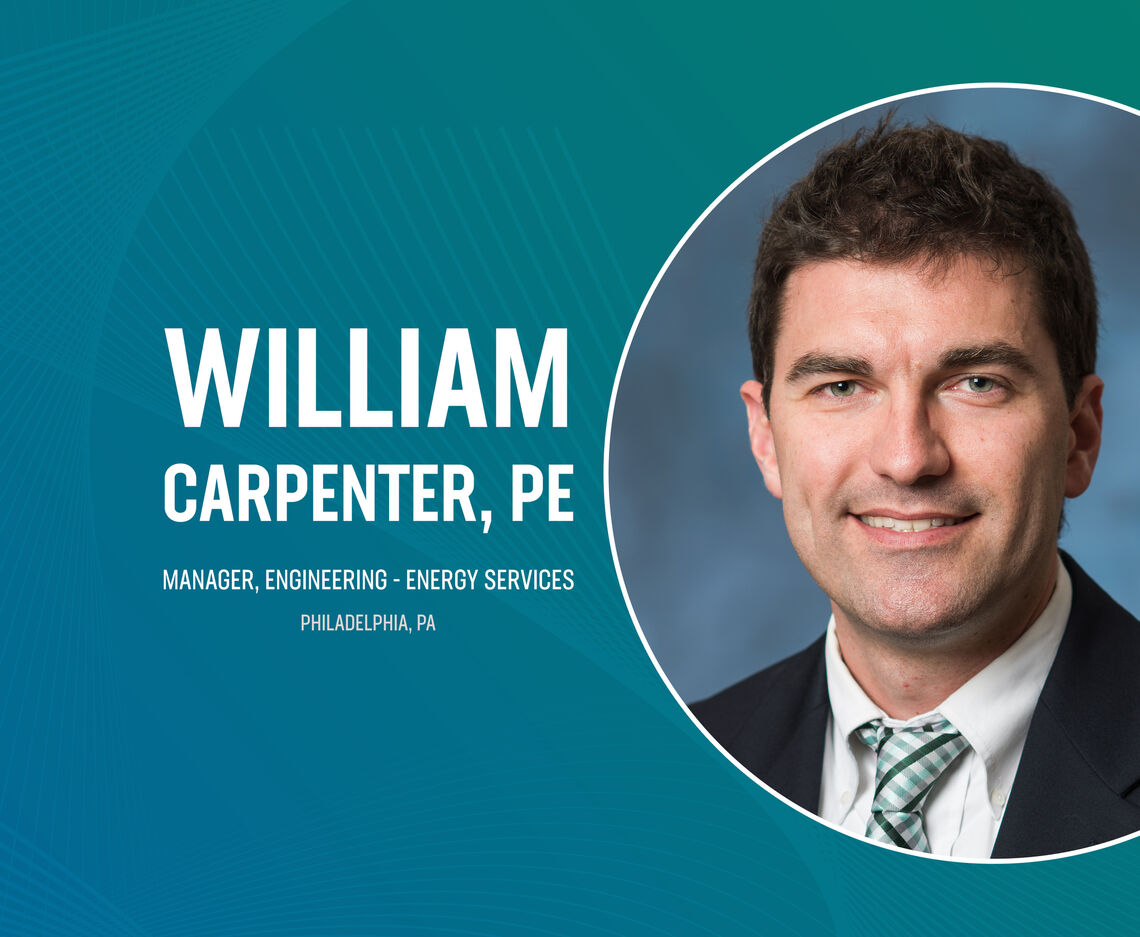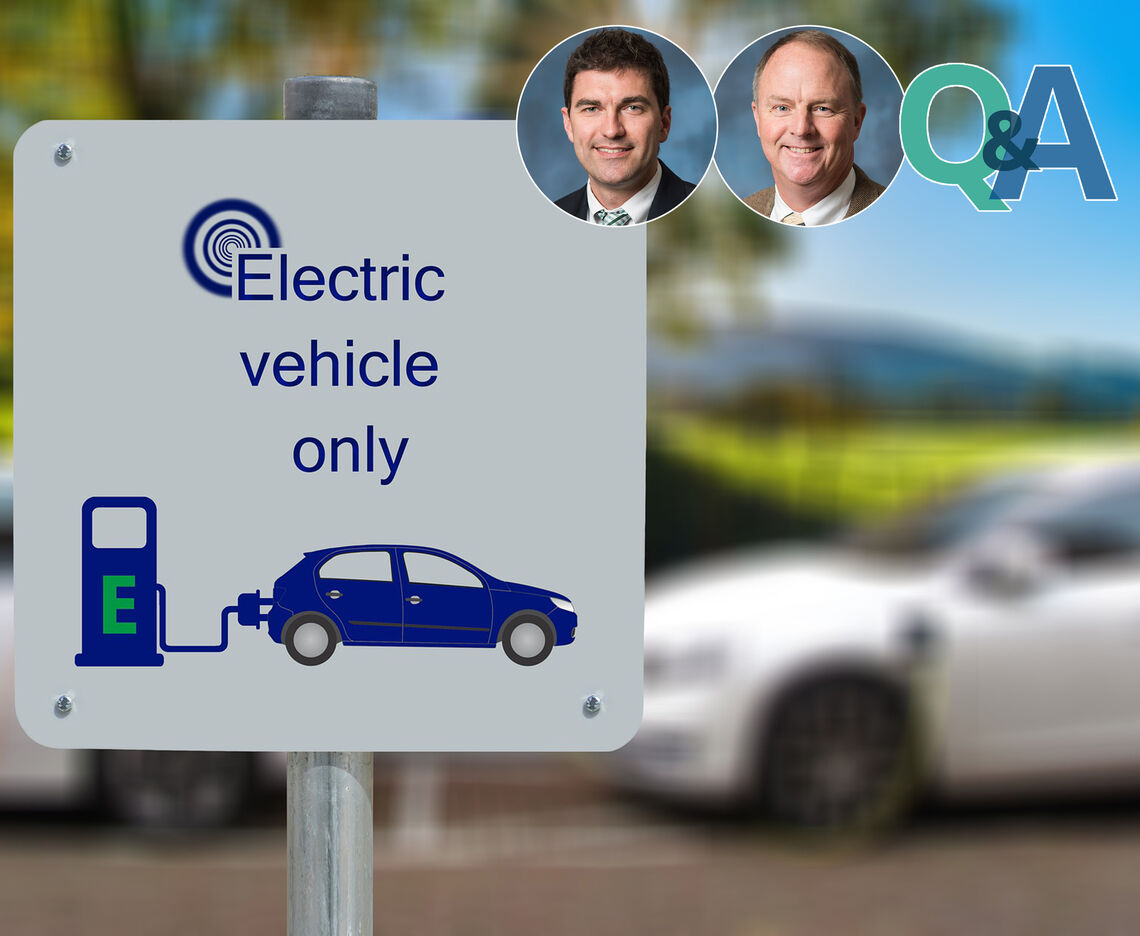
PLUGGING IN
The market for Electric Vehicles (EVs) has grown consistently over the course of the past decade. As demand increases, the need for a drastic change in infrastructure has only expanded. The electrification of the transportation sector will be vital as states in McCormick Taylor’s service territory set goals to reduce carbon production and expand clean energy.
A key issue when developing an electric vehicle program is maximizing the opportunity for EV users to charge at public charging stations, especially in areas that may be under-served by the private EV infrastructure market. This includes multi-unit dwellings, urban corridors, and low-income and rural areas. Focusing on these communities will encourage and promote EV use by improving equitable access to those who otherwise cannot charge at their home.
We asked two members of our Energy Group, Will Carpenter and Steve Hurt (who owns an EV), their opinion on the impending transition.
Will Carpenter, PE
What is the biggest benefit of more people switching to electric vehicles?
That’s a hard question, and one for debate. In my opinion, the greatest benefit of more people switching to EVs is the transition of air emissions (pollutants) from a diffuse to point source system. Diffuse air emissions, especially from over 285 million separate combustion engines, can vary widely from vehicle to vehicle. Even with increased air emission standards, there is potential for variance and degradation depending on how well the vehicle is maintained and/or how it is driven. The equivalent amount of electricity produced at a generation station (i.e., “power plant”) to operate an EV will, in a majority of cases, produce fewer air emissions per mile. The ancillary benefit to producing more electricity at our generation stations is a higher energy demand to those facilities – driving up the steady (instead of flashy) production of electricity, which ultimately drives down operating costs.
What are the top challenges to getting more electric vehicles on the road? What kind of infrastructure updates will be needed to support mass adoption?
“Range anxiety” and battery life were the industry’s first technical challenge in making EVs practical, but this has largely been surmounted. The next challenge is the installation of “fast” charging stations (Level 3) that are also universally accessible – that is, any EV can plug into them and payment can be made without an account or subscription. While a residential (Level 1) or typical commercial (Level 2) charging station can recharge an EV between 4 to 20 miles per hour, a fast charger gives you 180 to 240 miles per hour, reducing your recharge time from multiple hours down to 20 to 30 minutes. Installation of these Level 3 charging stations has the potential to require electric infrastructure updates from local utility providers, which will be an interesting and exciting planning endeavor before the mass adaptation of EVs is fully realized.
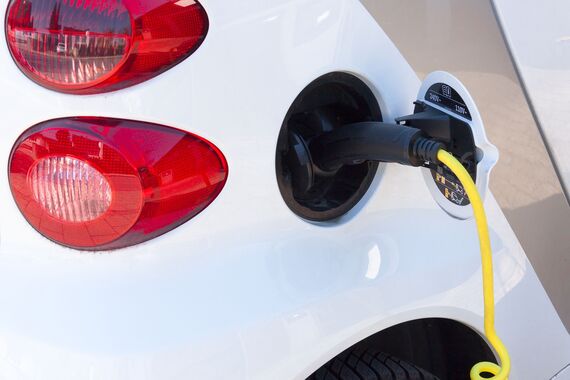
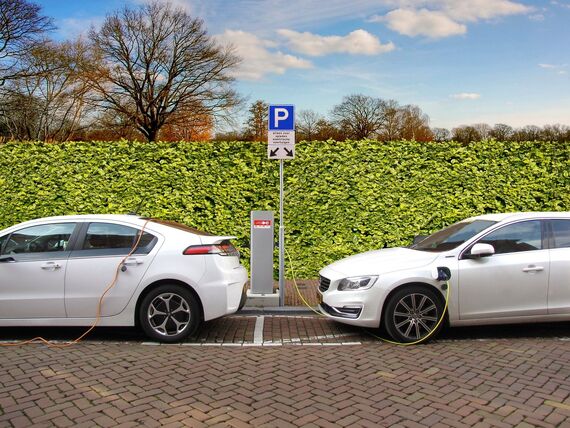
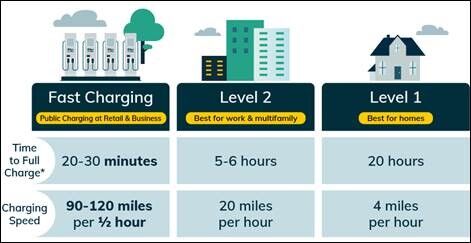
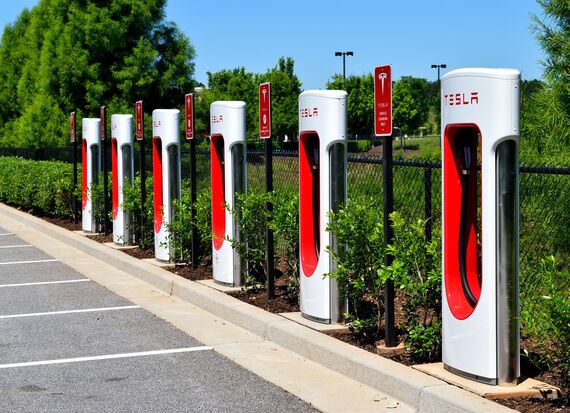
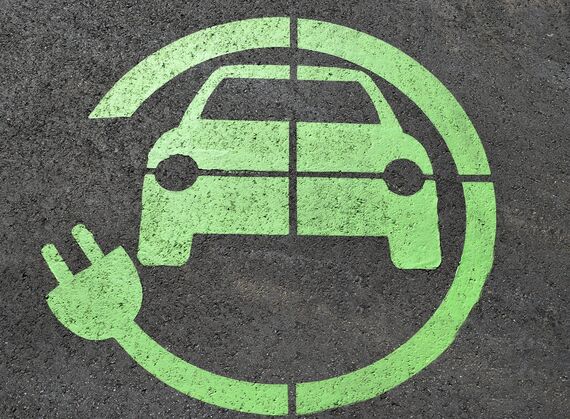
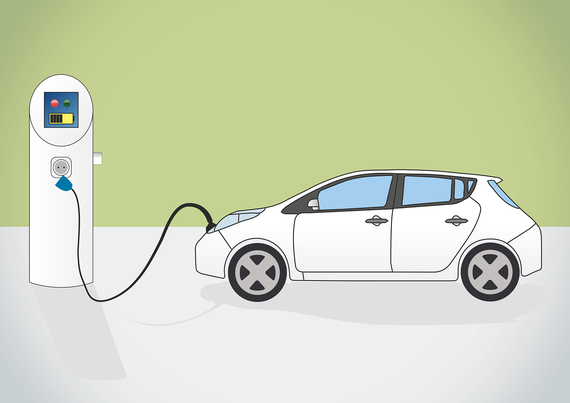
Steve Hurt
In your opinion, what is the biggest benefit of owning an electric vehicle?
We enjoy owning fun cars! Over the years, we’ve owned turbocharged sporty cars, a convertible stick shift Lexus, various trucks, and SUVs, but the most fun vehicle yet is our Tesla Model 3. The acceleration is stunning, not only from a standstill but at any speed! You just push the pedal, and it rockets ahead. The low center of gravity makes it feel like an MG cornering with very little body roll and sure handling. Not to mention the quiet operation and lack of emissions.
How fast does your EV charge? How often does it need to be charged?
A supercharger, common along highways and becoming more common at lots of destinations including major gas station chains, charges at up to 500 miles per hour – so in less than half an hour, it charges as much as we ever need. On a road trip, we’ll often only supercharge as long as it takes to get a cup of coffee and visit the restroom and obtain enough range to reach the destination with a comfortable reserve. Our home charger charges at about 40 miles per hour, so we have a full charge each morning. In fact, we often go for several days without charging. It does need to be charged more often during cold weather since the batteries are constantly warmed. This uses a bit of energy.
Is it easy for you to find a charging station when you need one?
For typical commuting, with the roughly 250-mile normal range of the Tesla (it’s rated for 410, but full charging is discouraged to prolong battery health), we never have any need to find charging stations. For weekend trips, finding a charger or two is never difficult. We have taken several long road trips, including drives to Maine and another to Savannah, using superchargers about every three hours (which corresponds nicely to when we like to take a break while driving, anyway) and a few “destination chargers” (which are increasingly being installed at hotels, restaurants, etc.). Since both Tesla’s internal software and commonly available phone apps show charger locations, it is easy to plan for convenient locations to charge.
What obstacles do you see as preventing greater adoption of EV’s in the near future?
The answer would center around the huge advantage that having a home charger (or at least shared chargers at apartments and condominiums) provides. Greater availability at workplaces could help a lot, but not having a sure location to charge every couple of days would make me nervous.

